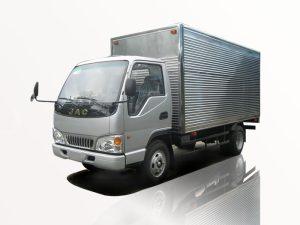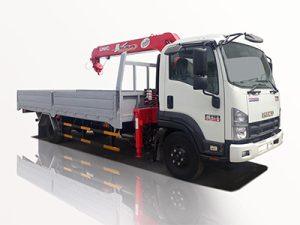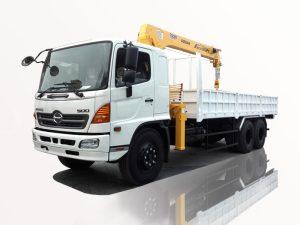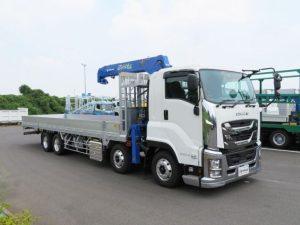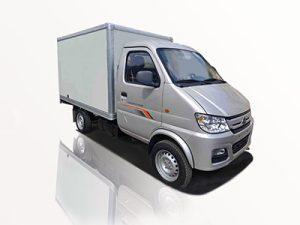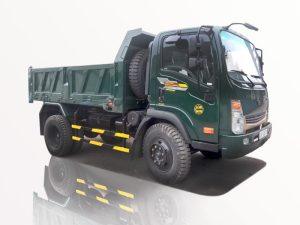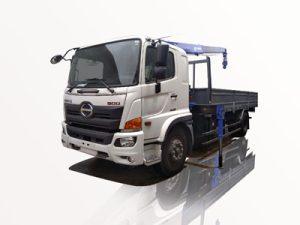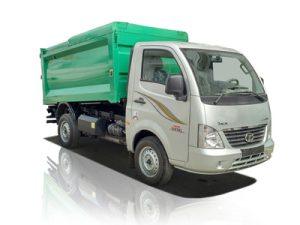Monday to Saturday - 8:00 -17:30
Everything You Need to Know About Oil Tanker Trailers
Oil tanker trailers play a vital role in transporting various types of oil. Understanding their design, functionality, regulations, and safety protocols is crucial for anyone involved in the industry. In this comprehensive article, we delve deep into the world of oil tanker trailers, covering essential aspects from types and features to maintenance and regulations.
What is an Oil Tanker Trailer?
An oil tanker trailer is a specialized type of trailer designed for transporting liquid fuels, such as crude oil, diesel, gasoline, and other petroleum products. These trailers typically feature a cylindrical tank compartment that is either pressurized or unpressurized, depending on the cargo and transportation requirements. They are commonly towed by heavy-duty trucks, ensuring safe and efficient delivery across long distances.
Types of Oil Tanker Trailers
1. Non-Pressure Oil Tanker Trailers
Non-pressure oil tanker trailers are designed for hauling products that do not require pressurized containers. They feature a simple design, with the tank varying in size based on capacity. Commonly used for transporting gasoline, diesel, and other similar products, these trailers are equipped with pumping systems for efficient loading and unloading.
2. Pressure Oil Tanker Trailers
Pressure oil tanker trailers are built to transport cargo that must be kept under pressure to maintain its liquid state. These trailers can handle products like liquefied petroleum gas (LPG) and other compressed gases. They are equipped with pressure relief valves and other safety features to prevent accidents during transportation.
3. Vacuum Tanker Trailers
Vacuum tanker trailers are designed to transport liquid waste or sludge. They utilize a vacuum system to draw and transport wastewater, oil, or hazardous materials from sites such as factories, fleet service centers, or septic tanks. They typically include a vacuum pump, a tank, and a specialized hose for unloading contents safely.
Key Features of Oil Tanker Trailers
1. Tank Material
Oil tanker trailers are generally constructed from materials such as aluminum, stainless steel, or carbon steel. The choice of material influences the trailer’s weight, durability, and resistance to corrosion. For example, stainless steel is commonly used for its strength and resistance to rust, making it ideal for transporting corrosive liquids.
2. Tank Capacity
Capacity is one of the most crucial aspects of oil tanker trailers. They typically range from 3,000 to 11,000 gallons. Larger trailers may require specialized handling and adherence to stricter regulations. Choosing the right capacity depends on the specific transportation needs and local regulations.
3. Loading and Unloading Systems
Efficient loading and unloading systems are vital for oil tanker trailers. Many trailers feature different types of pump systems, such as centrifugal pumps or diaphragm pumps, for this purpose. Some trailers may also have top-loading systems, while others utilize bottom-loading for quicker and safer unloading processes.
Regulations Governing Oil Tanker Trailers
1. Department of Transportation (DOT) Regulations
In the United States, the Department of Transportation (DOT) sets regulations for transporting hazardous materials, including oil. Compliance with DOT standards is essential to ensure the safe transportation of oil products, covering aspects such as tank design, labeling, and reporting requirements.
2. Environmental Protection Agency (EPA) Regulations
The Environmental Protection Agency (EPA) outlines regulations to prevent environmental contamination during the transportation of oil. This includes requirements for spill response plans, containment measures, and monitoring of potential leaks. Operators must be familiar with these regulations to maintain compliance and protect the environment.
3. State and Local Regulations
In addition to federal regulations, state and local laws may impose additional requirements on oil tanker trailers. These can include special permits for transporting certain quantities of oil, routing restrictions, and localized safety regulations. Operators should be aware of all applicable regulations in their operating regions.
Safety Precautions for Operating Oil Tanker Trailers
1. Pre-Trip Inspection
Before every trip, drivers should conduct a thorough inspection of the oil tanker trailer, checking for any signs of wear, leaks, or damage. Key components to inspect include valves, hoses, and tank integrity. Regular inspections help identify potential issues before they become serious problems.
2. Proper Training
Operators should undergo training focused on safely handling oil tanker trailers. This includes understanding the specific risks associated with transporting oil and the appropriate response in the event of an emergency. Continuous education on new regulations and safety practices is also essential.
3. Emergency Procedures
Having a well-defined emergency response plan is critical for any operation involving oil tanker trailers. This should include evacuation procedures, spill response tactics, and local emergency contact information. Every team member should be familiar with these procedures to ensure quick and effective actions in case of a crisis.
Tips for Maintaining Oil Tanker Trailers
1. Regular Cleaning
To prevent contamination and maintain performance, regular cleaning of the tanker trailer is necessary. Depending on the type of oil transported, different cleaning agents may be required. Ensuring a thorough cleaning process enhances the longevity of the trailer and the quality of the transported materials.
2. Lubrication of Moving Parts
Lubricating moving parts such as valves, pumps, and connection points is essential for optimal functionality. Regular lubrication minimizes friction, reducing wear and tear on these components. Operators should adhere to manufacturer recommendations for the best lubricants and schedules.
3. Tracking Maintenance Logs
Keeping meticulous records of maintenance and repairs can help operators identify recurring issues and make more informed decisions regarding their oil tanker trailers. Maintenance logs should include inspection dates, repair activities, and any changes made to the trailer’s configuration.
Practical Examples of Oil Tanker Trailer Operations
1. Real-World Use Case: An Oil Distribution Company
An oil distribution company was facing issues with timely deliveries due to outdated oil tanker trailers. By investing in newer models equipped with advanced pumping systems and better safety features, the company increased delivery efficiency by 30%, reduced leakage incidents, and complied more effectively with regulatory standards.
2. Emergency Response Scenario
In the event of a minor spill during unloading, a local fuel transport company quickly activated its emergency response plan. The team utilized absorbent materials and secured the area, preventing further contamination. This proactive approach minimized environmental damage and facilitated a swift recovery, demonstrating the importance of safety training and preparedness.
FAQs About Oil Tanker Trailers
1. What is the average lifespan of an oil tanker trailer?
The average lifespan of an oil tanker trailer can range from 10 to 20 years, depending on usage, maintenance practices, and environmental conditions. Regular maintenance can help extend the life of these trailers.
2. How do I choose the right oil tanker trailer for my needs?
Choosing the right oil tanker trailer depends on several factors, including the type of oil to be transported, capacity requirements, and compliance with local regulations. It’s essential to assess your specific needs before making a purchase.
3. What safety features should an oil tanker trailer have?
Key safety features of oil tanker trailers include pressure relief valves, emergency shut-off systems, spill containment features, and reflective markings. Ensuring your trailer meets these safety standards is crucial for operation.
4. Are there insurance requirements for oil tanker trailers?
Yes, oil tanker trailers typically require specialized insurance covering liability, property damage, and environmental impacts. Operators should consult with insurance providers to ensure appropriate coverage is in place.
5. What should I do in case of a spill during transport?
If a spill occurs during transport, immediately activate your emergency response plan, secure the area, and contact local authorities if needed. Proper training and preparation are critical in such situations to minimize environmental impact.
6. Can oil tanker trailers be used for non-oil products?
While oil tanker trailers are primarily designed for transporting oil, some can be adapted for non-oil liquid products, provided the trailers are properly cleaned and maintained to prevent contamination between different substances. Always consult with manufacturers and adhere to regulations.


